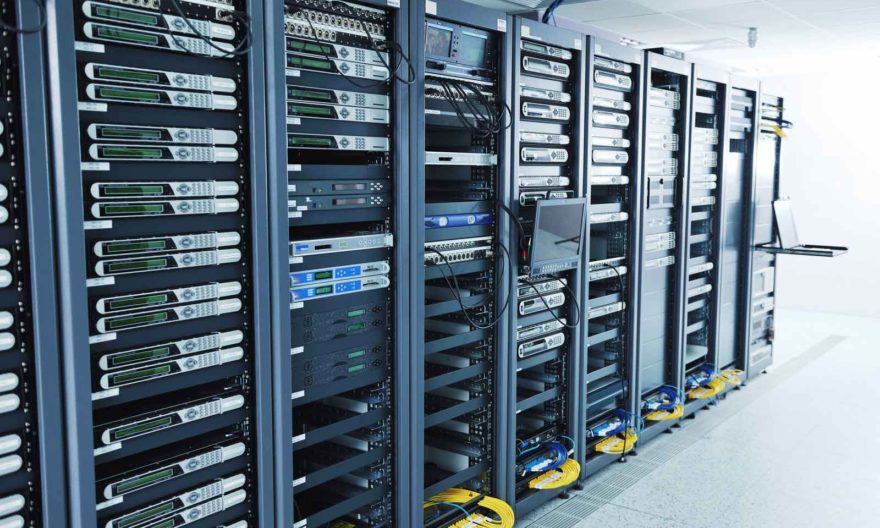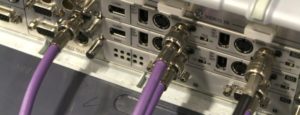
Since developed in 1970’s, Fiber Optic Cabling has stood out to be a distinct means for transmission of signals. It works on the principle of total internal reflection by which light signals can be transmitted from one place to another with a negligible loss of energy. It’s traditional rival,‘Copper Cabling’ has been widely used in Telephone Wiring since decades. Since the cost-effective developments started, the Copper Cabling had proven to be less demanding than the modern age Fiber Optic Cabling.
While both the versions come with their own Pros and Cons, the effectiveness can be judged by simple comparison with following factors

- Signal Transmission – There is significant difference between the speed at which signals can be transferred with both the versions. While Fiber Optic Cabling are quicker and faster, the latter still struggles with the speed and more signals are lost while using the copper cables. Also, longer distance range up to several kilometers is achievable with Fiber Optics, which is very unlikely when copper cables are used.
- Bandwidth – For voice signals, Copper has adequate bandwidth, but in data cabling, fiber optic cabling turns out to be a clear winner. This because of its ability to work on as much as 1000 times bandwidth as copper and the tremendous speed levels which are nearly impossible to achieve by copper cabling. With growing business needs of high speed internet, one requires maximum bandwidth for upload/download of heavy files. Network cabling is the area where a significant application of fiber optic cabling is incorporated.
- Size and Architecture – Copper cables are bulky, difficult to arrange in a systematic manner. Fiber optic cabling is used in structured cabling installation wherein they are arranged in a way to add the aesthetic appeal. Structural data cabling is a standardized architecture and components for communications cabling specified by the EIA/TIA TR42 committee and used as a voluntary standard by manufacturers to insure interoperability.” With this, the downtime is reduced as it is possible to transmit the data at higher speeds.
- Cost – This is one of the most important factors that can affect the usage of Fiber Optic Cabling in Network Communication. Until recently, there used to be a huge difference in the costing of Copper and Fiber Cables. With advancement in manufacturing technology and the wide usage volumes, the gap has narrowed down to a certain level. Still the copper cabling is cheaper but looking at the range of benefits with Fiber Optic Cabling, this factor can be overlooked.

- Security – Unlike fiber cables, Copper cables are more prone to security breach than the Fiber as they transmit electricity that can easily be trapped. With fibers, it is easy to detect the broken or damaged cables with several modern techniques like transmission of pilot signals.
The relative comparison of the two cabling systems demonstrates countless advantages of the Fiber Optic Cabling in terms of speed, transmission and security. Current trends have proven that in coming years, Fiber Optic Cabling London is likely to replace Copper Cabling.